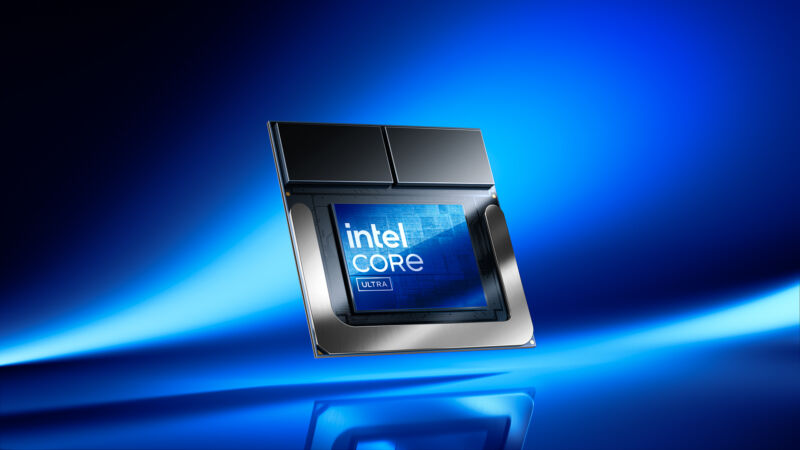Lunar Lake will be Intel’s response to Ryzen AI and Snapdragon X Elite chips.

Intel announced today that it plans to launch its next-generation Core Ultra laptop chips on September 3, just ahead of this year’s IFA conference in Berlin.
FURTHER READING
Intel details new Lunar Lake CPUs that will go up against AMD, Qualcomm, and Apple
This announcement-of-an-announcement offers few specifics on what the next-gen chips will be like beyond promising “breakthrough x86 power efficiency, exceptional core performance, massive leaps in graphics performance and… unmatched AI computing power.” But we do already know a few things about the next-generation CPUs, codenamed Lunar Lake.
We know that, like current-generation Meteor Lake chips, Lunar Lake will combine multiple silicon “tiles” into one large die thanks to Intel’s Foveros packaging technology. We know that Intel will use a mix of up to four E-cores and four P-cores in the CPU, a step down in core count from what was available in Meteor Lake. We know Lunar Lake includes a next-generation Arc GPU based on the “Battlemage” architecture that promises up to 1.5 times better performance than the current Arc-integrated GPU. We know that at least some models are shifting to RAM that’s soldered to the CPU package, similar to how Apple packages RAM in its M-series processors. And we know that Lunar Lake includes a boosted neural processing unit (NPU) for local generative AI processing, Intel’s first chip fast enough to qualify for Microsoft’s Copilot+ label.
Intel usually announces next-generation chips toward the end of the year in December, and actual laptops using those chips are announced at CES a few weeks later. We don’t know exactly when Lunar Lake systems will show up—announcing products in September doesn’t mean they’ll be readily available in September—but Intel does seem to be operating on an accelerated timeline this year.
ARS VIDEO
What Happens to the Developers When AI Can Code? | Ars Frontiers
That’s almost certainly because of competitive pressure. Qualcomm finally launched its Snapdragon X Elite and X Plus chips earlier this month, the first Arm processors for Windows PCs that could compete with and beat x86 laptop chips on both performance and battery life. And AMD has already started shipping Ryzen AI processors, which combine a Copilot+ capable NPU with the company’s new Zen 5 architecture and an updated integrated GPU (the version of Windows 11 that will actually enable Copilot+ features for x86 PCs should arrive later this year).
And the first-generation Meteor Lake Core Ultra chips haven’t been as compelling as they could be. They got a nice integrated GPU performance boost for the first time in years, but their single-core CPU performance was actually a minor regression from the 13th-generation Core processors they replaced. And despite being marketed as the first in a wave of “AI PCs,” Microsoft kind of pulled the rug out from under Intel and AMD, setting the Copilot+ NPU requirements to a performance level considerably higher than what either company had been shipping up to that point. It’s anyone’s guess whether Lunar Lake will be an across-the-board upgrade or whether it will be able to keep pace with the new Snapdragon PCs’ lower heat and fan noise and better battery life.




